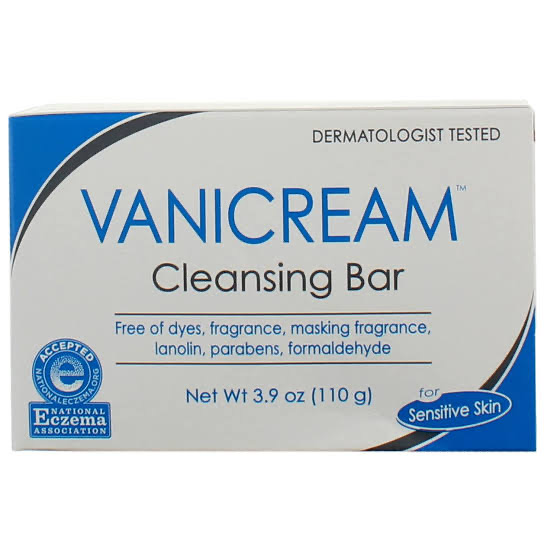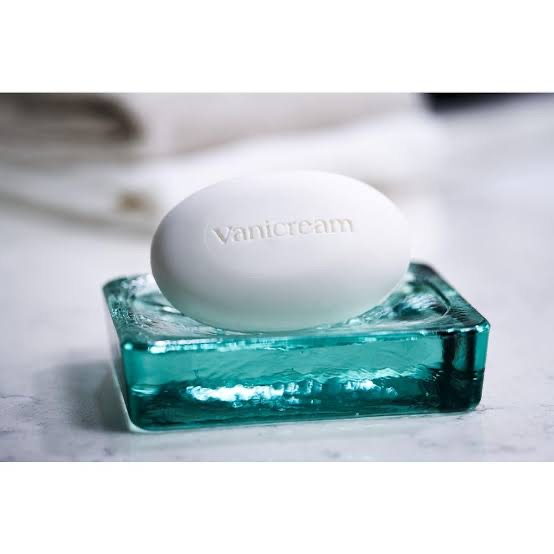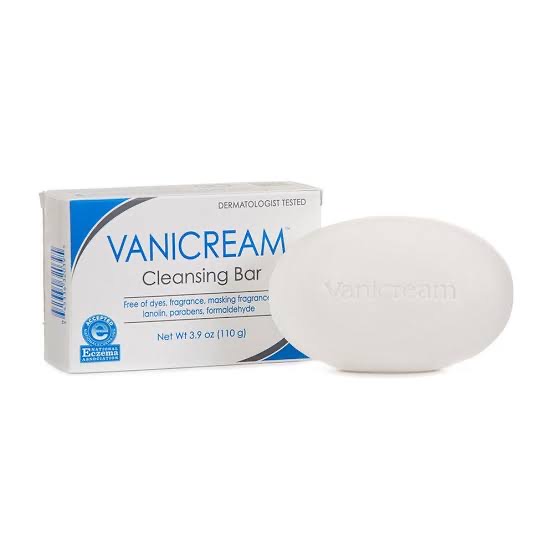For individuals with sensitive skin, finding a gentle yet effective cleansing product can be challenging. The Vanicream Cleansing Bar is designed specifically to address these needs, offering a mild formula free from common irritants. This review will examine the key features, benefits, and performance of the Vanicream Cleansing Bar to determine its suitability for sensitive skin.
Overview
Brand: VanicreamProduct: Cleansing BarSize: 3.9 oz (110 g)Key Features: Free of dyes, fragrance, lanolin, parabens, formaldehyde, and other preservatives.
First Impressions

The Vanicream Cleansing Bar comes in a simple, no-frills white packaging that reflects its focus on purity and simplicity. The bar itself is a standard size, easy to handle, and has a clean, scent-free presence. The lack of fragrance is immediately noticeable, which is a positive aspect for those with sensitivities to scented products.
Ingredients and Benefits
Vanicream is known for its commitment to gentle, dermatologist-recommended formulations. Key ingredients and their benefits include:
– Sodium Cocoyl Isethionate: A mild surfactant derived from coconut oil that effectively cleanses the skin without causing irritation.
– Stearic Acid: Helps to condition and protect the skin, adding a creamy texture to the bar.
– Sodium Chloride: Commonly known as salt, it is used to help stabilize the formula.
– Glycerin: A powerful humectant that attracts moisture to the skin, ensuring it remains hydrated and soft.
Performance
Cleansing Power: Despite its gentle formulation, the Vanicream Cleansing Bar lathers well and effectively removes dirt, oil, and impurities from the skin. It cleanses without leaving any residue or feeling of dryness, which is crucial for maintaining healthy skin, especially for those with sensitivities.
Hydration: The inclusion of glycerin ensures that the skin remains hydrated after cleansing. This is particularly beneficial for individuals with dry or eczema-prone skin, as it helps to retain moisture and prevent further irritation.
Gentleness: The Vanicream Cleansing Bar is exceptionally gentle and free from common irritants such as dyes, fragrances, lanolin, parabens, and formaldehyde. This makes it suitable for all skin types, including very sensitive skin and those with conditions like eczema or psoriasis.
Skin Sensitivity: Dermatologist-tested, the bar is non-comedogenic and hypoallergenic. Users report minimal to no irritation, redness, or allergic reactions, highlighting its suitability for daily use by individuals with sensitive skin.
Pros and Cons
Pros:
– Gentle Formulation: Free from harsh chemicals and irritants, making it ideal for sensitive skin.
– Effective Cleansing: Provides a thorough cleanse without stripping the skin of its natural oils.
– Hydrating: Contains glycerin to help maintain skin moisture.
– Dermatologist-Recommended: Tested and recommended for individuals with sensitive or problematic skin.
Cons:
– Basic Packaging: The plain packaging may not appeal to everyone, although it emphasizes the product’s focus on purity.
– Lack of Fragrance: While a pro for sensitive skin users, those who prefer a scented cleansing experience might find it lacking.
Final Verdict

The Vanicream Cleansing Bar is an excellent choice for individuals with sensitive skin or those seeking a gentle, effective cleansing option. Its mild formulation, free from common irritants, ensures that it cleanses without causing dryness or irritation. The addition of glycerin helps to maintain skin hydration, making it suitable for daily use, even for those with skin conditions such as eczema or psoriasis.
While the packaging is simple and the lack of fragrance might be a downside for some, the product’s performance and skin-friendly properties far outweigh these minor drawbacks. If you are in search of a reliable, dermatologist-recommended cleansing bar that prioritizes skin health and safety, the Vanicream Cleansing Bar is highly recommended.

